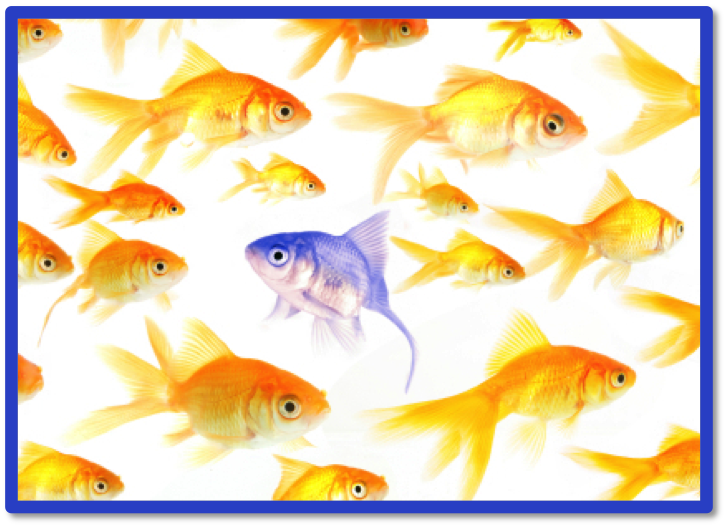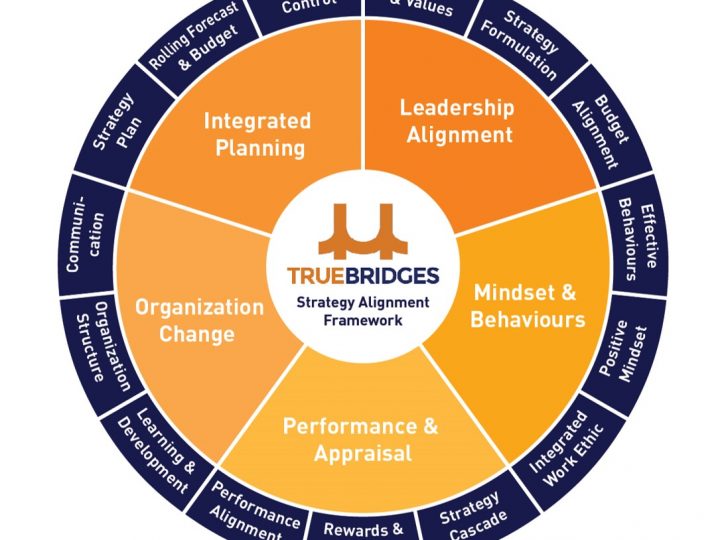
Groupthink is a psychological phenomenon, which occurs when a group of people, in which the desire for harmony results in an irrational or dysfunctional decision-making outcome.
In a recent interview in the Australian, chief executive of the Australian Institute of Company Directors, John Brogden, states that Groupthink is the greatest risk to business in Australia. Furthermore Brogden mentions that the greatest challenge for boards is ‘that we all go along with the same decision because it is easier’.

Teams suffering from groupthink, minimize conflict and create an ‘ingroup’ mentality that rejects challenges to current viewpoints, decisions, or the addressing of controversial issues from the ‘outgroup’.
Famous examples of groupthink with disastrous outcomes are the downfall of Enron and the second Iraq invasion. The latest large scale example is the Volkswagen debacle, where a significant amount of senior leaders obvious thought it was OK to play the rules and put the VW brand, their whole business and thus the families of over 500,000 employees at risk.
In Australia, Brogden now argues, the main reason why corporates hold back investments is groupthink. The often heard excuse from executives is that this lack of confidence, risk taking and investment is due to political uncertainty, indeed blaiming an ‘outgroup’, the government in this case.
Groups are especially vulnerable to groupthink when:
- Its members are similar in background
- The group is insulated from outside opinions
- There are no clear rules for decision making
At a team level, groupthink can be prevented by addressing team diversity, the creation of trust, seeking feedback and developing clear rules on decision making.
Groupthink might be more common than you think. I’ve certainly witnessed several times in large businesses that the ‘ingroup’ didn’t accept challenge from the ‘outgroup’ or even ridiculed it. I’ve seen people being ‘slaughtered’ in front of a group of senior leaders, because they brought forward a challenging perspective, which wasn’t liked by the Managing Director. In these environments it is hard for an individual to speak freely.
Mentally Tough individuals have the self-worth and confidence to stand out, speak up and challenge the status quo.
Mentally Tough individuals however, have the self-worth and confidence to stand out, speak up and challenge the status quo or a controversial issue. Confidence and Challenge are both measurable attributes of Mental Toughness. Hence Mentally Tough individuals who score high on challenge and confidence can help prevent groupthink as well. For the ones who don’t score high on challenge and confidence, the good news is that this can be developed.
If you find it challenging to speak up in a workshop, a senior leadership team meeting or find it hard to address a critical issue with your managing director, the following might help:
Plan your challenge
Choose the meeting or the moment where you want to bring up your point of view or your challenge. Be specific so you can mentally imagine when you’re going to do it.
Practice your challenge
Write down your challenge and read it up out loud a couple of times a day for a week. Close your eyes and visualize every detail of the moment when you bring up your challenge.
Talk yourself in to the challenge
Get yourself in a positive mindset and get ready to speak up. For a week, use self-talk like ‘I’m looking forward to challenge our Managing Director’ or ‘Bringing up this challenge is important for me’.
Use an anchor to activate your challenge
At the crucial moment use an anchor to activate what you’ve practiced for a week. You can use a pencil top or something sharp to prick your thumb just before your challenge. Also use your anchor whilst practicing.
To build your confidence, talk things through with a confidant or a coach. Good luck with your next challenge. Remember, you might prevent another VW debacle!
About the author:
Niels van Hove is an accredited Mental Toughness coach. If you want to participate with your team in a Mental Toughness workshop, you can contact him at niels@truebridges.com or download the brochure.



